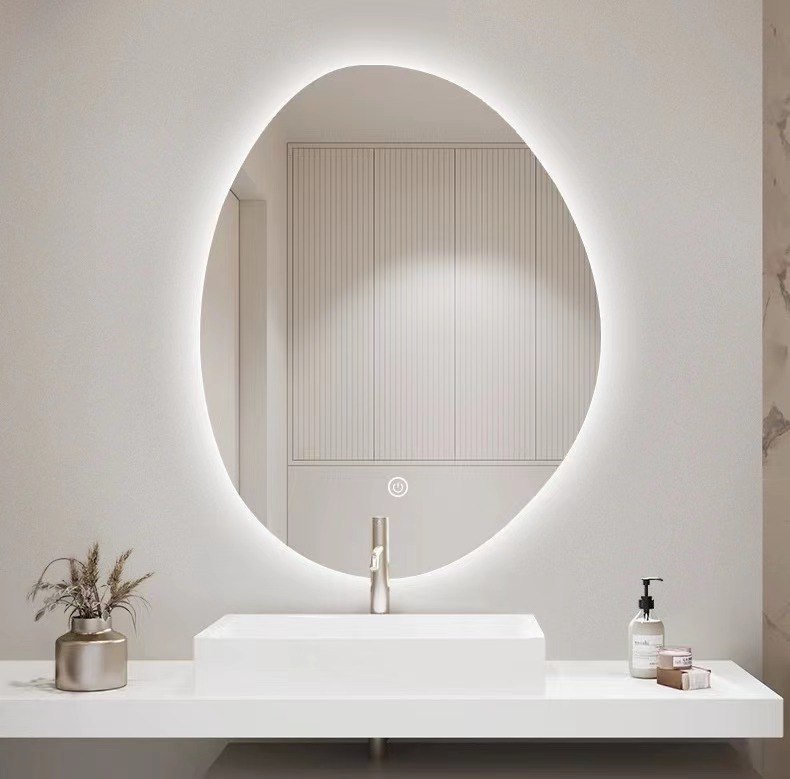

Tempered glass, often referred to as toughened glass, is a type of safety glass that is treated with extreme heat or chemical processes to increase its strength and durability. It is widely used in a variety of applications, from buildings and windows to automobiles and shower doors. The importance of tempered glass extends beyond its aesthetic appeal; it plays a crucial role in enhancing safety and performance.
The Manufacturing Process
The production of tempered glass begins with high-quality glass, which is then cut into desired shapes and sizes. After cutting, the glass is slowly heated in a furnace to temperatures around 620°C (1148°F) and then rapidly cooled. This rapid heating and cooling process creates a surface compression that makes the glass significantly stronger than untreated glass—up to five times more resistant to impact and thermal stress.
The cooling phase is equally critical, as it must be controlled meticulously. If not done correctly, the glass can develop weak points or even shatter. The physics behind this process lies in the molecular structure of glass. Heating increases the energy of the molecules, and the rapid cooling effectively 'locks' them in a strengthened state. Therefore, understanding this intricate process is essential for manufacturers to ensure the quality and safety of the product.
Applications and Benefits
The applications of tempered glass are extensive and varied. In residential buildings, it is commonly used for windows, doors, and shower enclosures. Its resistance to thermal stress makes it ideal for environments with temperature fluctuations, reducing the risk of breakage. In commercial buildings, tempered glass provides aesthetic appeal while also ensuring safety; for example, large glass facades are both visually striking and structurally sound when made from tempered glass.
Automobiles also utilize tempered glass, particularly in side and rear windows. The advantage here is twofold; tempered glass is lighter than laminated glass, contributing to fuel efficiency while providing the necessary strength to withstand impacts. When shattered, tempered glass breaks into small, blunt pieces, minimizing the risk of injury—a critical feature for passenger safety.

Another crucial application of tempered glass is in the realm of electronics. Modern smartphones and tablets often feature screens made from tempered glass, offering users durability and protection from scratches and drops. The continuous innovation in this sector ensures that consumers benefit from advanced materials without compromising safety or functionality.
Environmental Considerations
Tempered glass is also known for being environmentally friendly. The recycling of tempering glass is a straightforward process, and many manufacturers have adopted sustainable practices, using recycled glass as a raw material for production. This not only reduces waste but also conserves natural resources, making tempered glass a responsible choice for eco-conscious consumers.
Conclusion
In conclusion, tempered glass is a remarkable material that has revolutionized the glass industry. Its strength, safety features, and versatility make it an essential component in various applications—from architecture and automotive to consumer electronics. As technology advances, we can expect further enhancements in the manufacturing processes and applications of tempered glass, solidifying its position as a staple material in modern design and construction.
Whether you are renovating your home, designing a modern workspace, or simply looking for durable options in consumer electronics, understanding the benefits of tempered glass can lead to informed decisions that enhance both safety and style. With its myriad advantages, tempered glass is not just a functional material but a vital aspect of contemporary living.